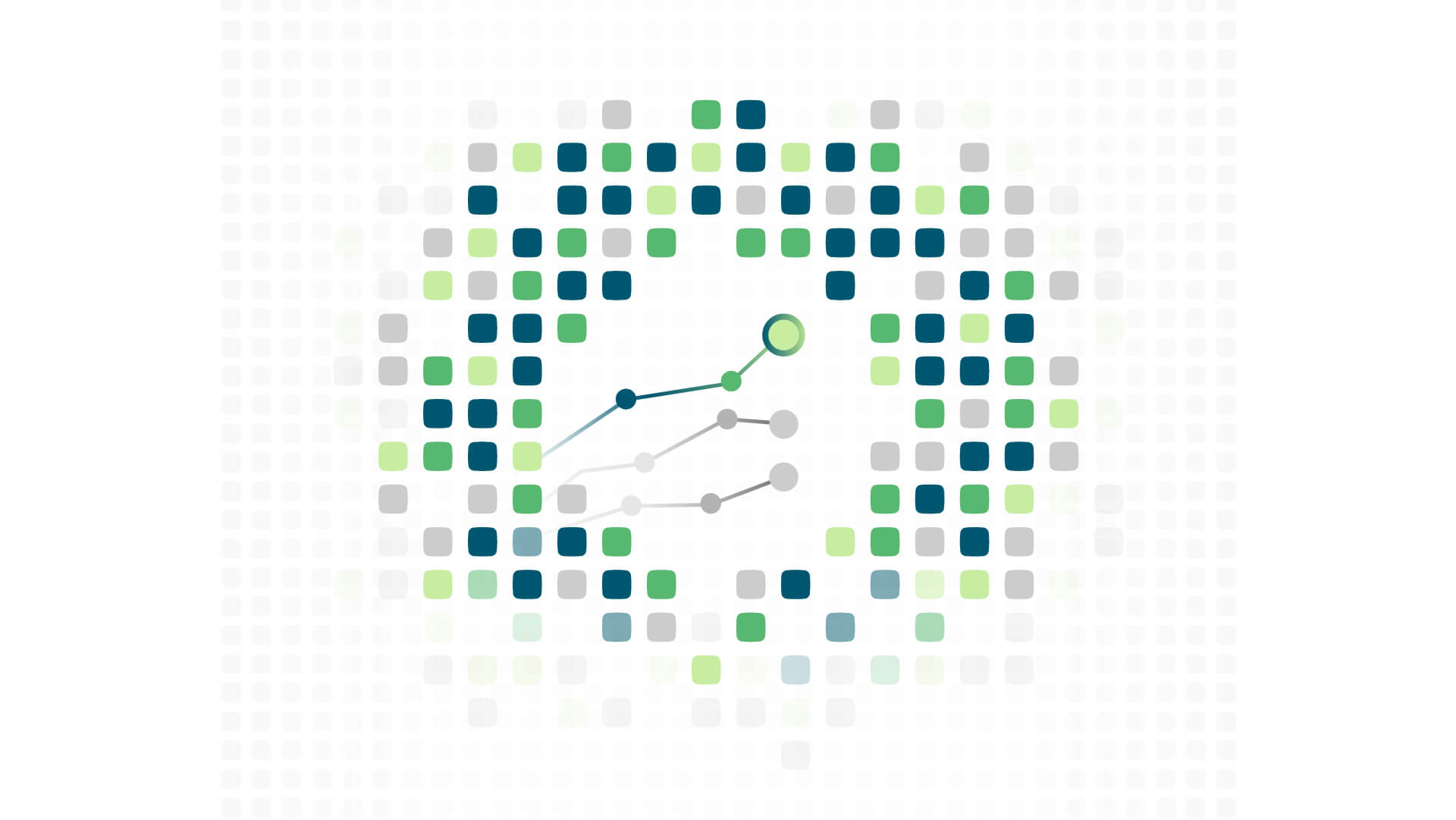Effectively putting data to work in your organization takes more than simply hiring data scientists to crank out models.
To fully leverage the vast amount of information available, you need to reinforce the role of that information within your entire enterprise. That means understanding:
- What type of data your organization has access to and how it’s being used
- Your organization’s current capabilities when it comes to deriving useful information from data
- Current and potential silos of information within your organization
Most of all, you need to identify where your organization is presently failing to leverage data to make smarter decisions—not just in your projects but among all your teams, regardless of job titles.
That’s where a data maturity model comes into play.

Asking the right questions
In modern analytics, two qualities are critical: the quality of the data an organization has and the quality of the questions an organization is asking.
When it comes to data maturity, one of the major goals is to improve both of these qualities. That means knowing your data and creating a culture where that data is valued and leveraged effectively.
In other words, it means training your teams to not just understand the importance of data but how to effectively approach its use.
How can your organization hit both these marks? At a high level, it means reaching these five levels of data maturity:
Level 1
Data is managed as a requirement for all projects.
Level 2
The importance of managing data is seen as an asset throughout your organization.
Level 3
Data is treated as critical at the organizational level.
Level 4
Data is understood—and embraced—as a competitive advantage.
Level 5
Data is seen as essential for survival in a competitive market.
While each of these levels may seem like shades of the same color, they collectively make up an enterprise that has infused data within every corner of its operations. Among the process areas improved by the data maturity model:
- Data management strategy
- Data governance
- Data quality
- Platform and architecture
- Data operations
Benefits of a data maturity model
Beyond increasing the use of data throughout your organization, a data maturity model helps you break through common challenges associated with capturing—and putting to use—large amounts of data. Some of these roadblocks include:
- Having multiple versions of “the truth”
- Siloing or fragmented data
- Inability to measure success or failure of project
All told, breaking through these and other roadblocks helps an organization move beyond operating based on reaction—in other words, they are better able to leverage modern analytics to look ahead instead of relying upon only historical data for insights, as is often the case with traditional business intelligence.
Want to learn more about data maturity models? Click here to check out our infographic: How To Make Data A Competitive Advantage

Additionally, for enterprises utilizing cloud platforms like Azure, a digital maturity model helps identify tools and technologies of the platform—such as Azure Synapse Analytics—that simplify the process of ingesting, exploring, managing, and serving data. This has long-lasting benefits, including:
- The ability to form queries from data on your own terms and for initiatives that are unique to your organization
- Better visibility into workloads involving data, as well as a greater ease of use of analytics for non-technical team members
- A significant reduction in project development time via a unified experience for creating end-to-end analytics solutions across the organization
Combined, these benefits will translate into an internal culture that embraces data at every level. And that, in turn, will create an organization that consistently relies upon insights mined from data to inform decisions, locate new revenue opportunities, and create efficiencies that lead to a competitive advantage.
To learn more about the models or to get your organization on the path to data maturity, contact one of our experts.
Categories
- Cloud Migration and Adoption
- Enterprise IT and Infrastructure
- Artificial Intelligence and Machine Learning
- Data Management and Analytics
- DevOps and Automation
- Cybersecurity and Compliance
- Application Modernization and Optimization
- Featured
- Managed Services & Cloud Cost Optimization
- News
- Workplace Modernization
- Tech We Like
- AWS
- Social Good News
- Cost Optimization
- Hybrid Cloud Strategy
- NVIDIA
- Application Development
- GPU






